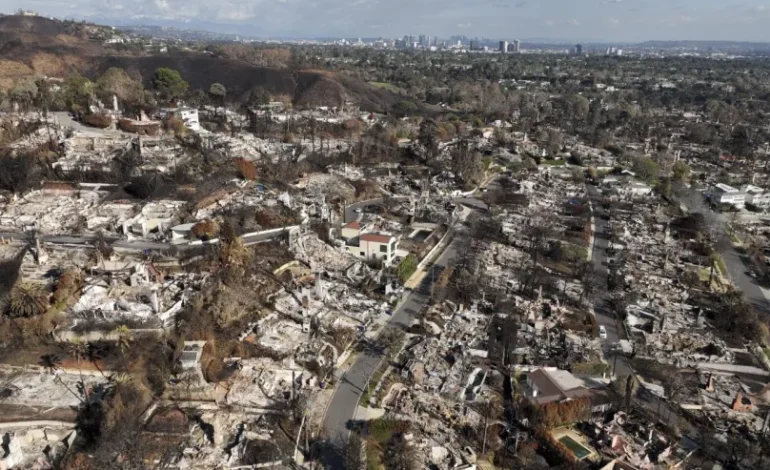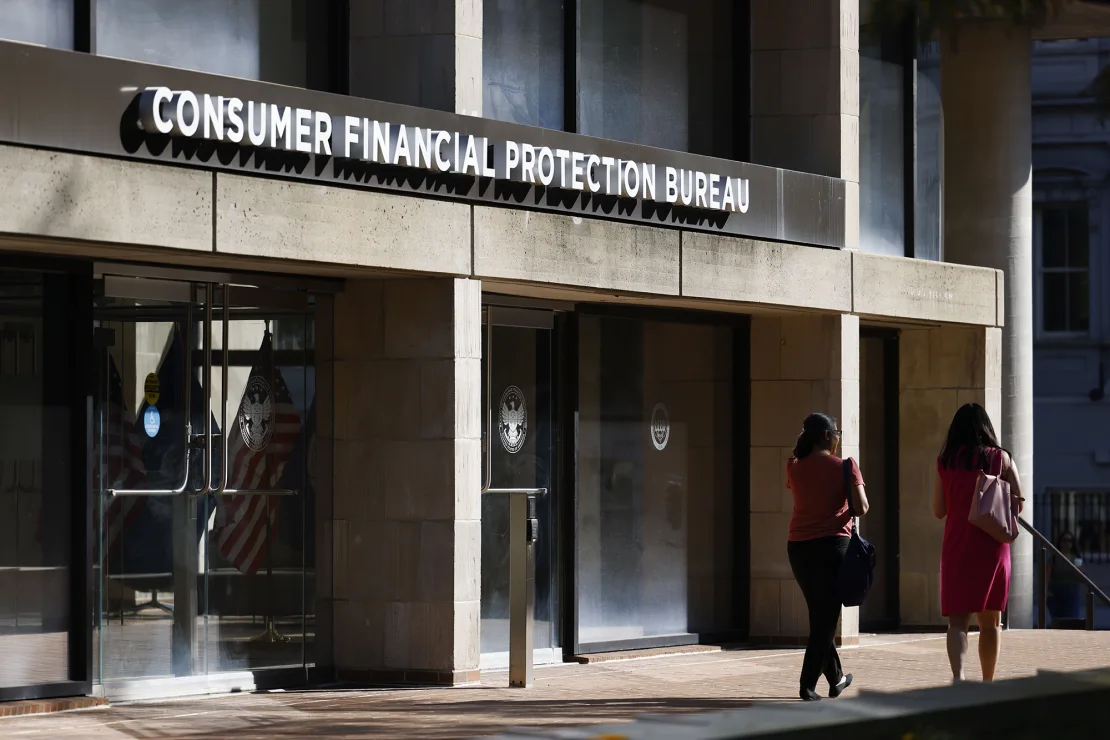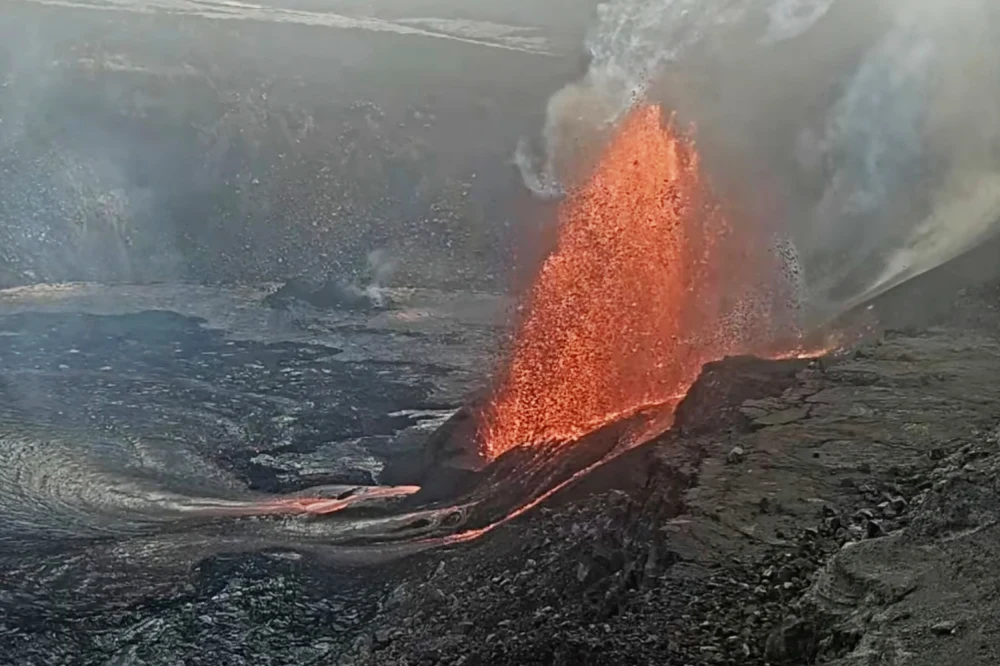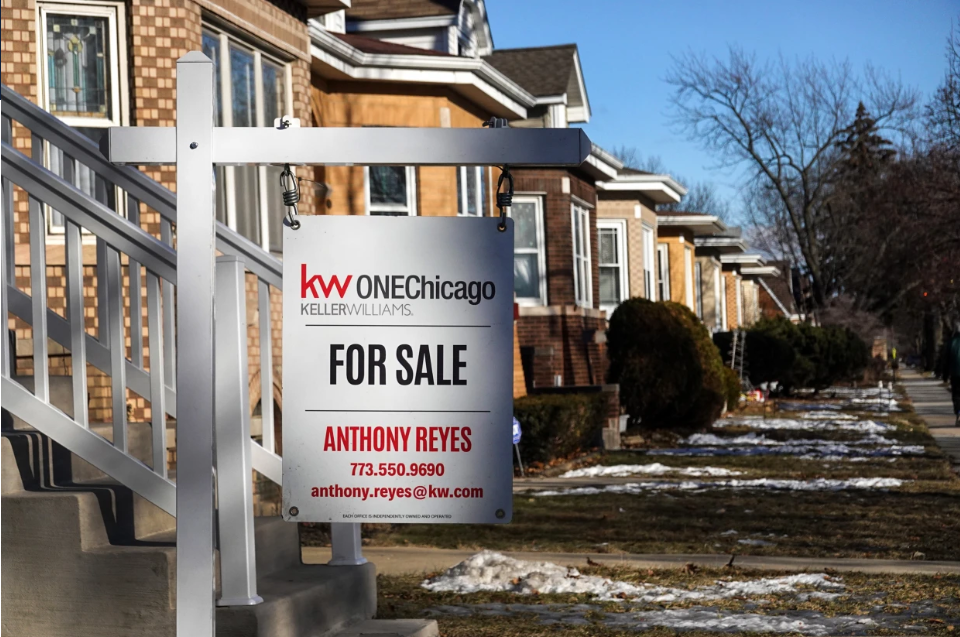Rising Climate Risks Poised to Reshape US Real Estate Market, New Report Finds

As climate-driven disasters and severe weather events become more frequent, the US real estate market is projected to face over a trillion-dollar decline in value by 2055, according to a recent report from climate analytics firm First Street Foundation.
Rising insurance costs and shifting migration patterns are key factors behind these economic losses, as many Americans are expected to gravitate toward more climate-resilient areas.
The report categorizes neighborhoods into five categories based on climate risk and economic factors:
- Climate Abandonment: High risks and rising insurance premiums drive population declines.
- Risky Growth: Perilous areas that still attract residents due to amenities and economic opportunities.
- Climate Resilient: Low-risk areas attracting population growth.
- Tipping Points: Areas on the brink of population loss due to climate challenges.
- Economically Isolated: Regions with little climate risk but continued population losses due to a lack of opportunities.
While Americans are becoming more aware of climate risks, many continue to settle in vulnerable regions, including major metropolitan areas in Texas, Florida, and California. The report forecasts that “risky growth” regions will see a 76% increase in population over the next 30 years despite their exposure to climate-related challenges. Conversely, “climate abandonment” areas could experience a 38% population decline.
First Street’s data suggests that property values in risky growth areas will face an average decline of 1.7% over the next 30 years, though specific regions like Tampa, Florida, could see drops as steep as 25%. Climate abandonment areas are projected to suffer even greater losses, with an average decline of 6.2%.
Rising insurance premiums are a critical factor driving these devaluations. In some coastal and wildfire-prone regions, insurance costs are expected to triple or even quadruple by 2055, leading to widespread affordability challenges. Home insurance is increasingly seen as a “luxury good,” with disaster-prone cities facing significant increases in premiums that will impact mortgage rates and reduce property values.
The report underscores an emerging trend of climate-driven inequality within cities. Wealthier enclaves are likely to be fortified and resilient, while middle- and working-class communities face greater risks and financial burdens. As Jeremy Porter, head of climate implications at First Street, notes:
“There will be communities in which only the rich can afford to stay — and those where only the rich can afford to leave.”
This dynamic may lead to a form of “climate gentrification,” where disaster-impacted neighborhoods are repopulated by affluent residents who can afford the rising insurance costs and adaptation measures.
First Street’s findings suggest that parts of the Midwest, such as Dane County, Wisconsin, and Franklin County, Ohio, may become climate havens over the coming decades due to their resilience to extreme weather. However, researchers caution against definitive projections, as factors such as infrastructure investments, stricter building codes, and climate adaptation measures could alter migration and property value trends.
Despite the mounting risks, experts predict that large-scale abandonment of major US cities is unlikely in the next 30 years. Instead, gradual adaptation and continued investment in risk-prone areas are expected to persist. Porter likens the process to “demographic momentum,” where migration and economic growth slow rather than halt altogether.







